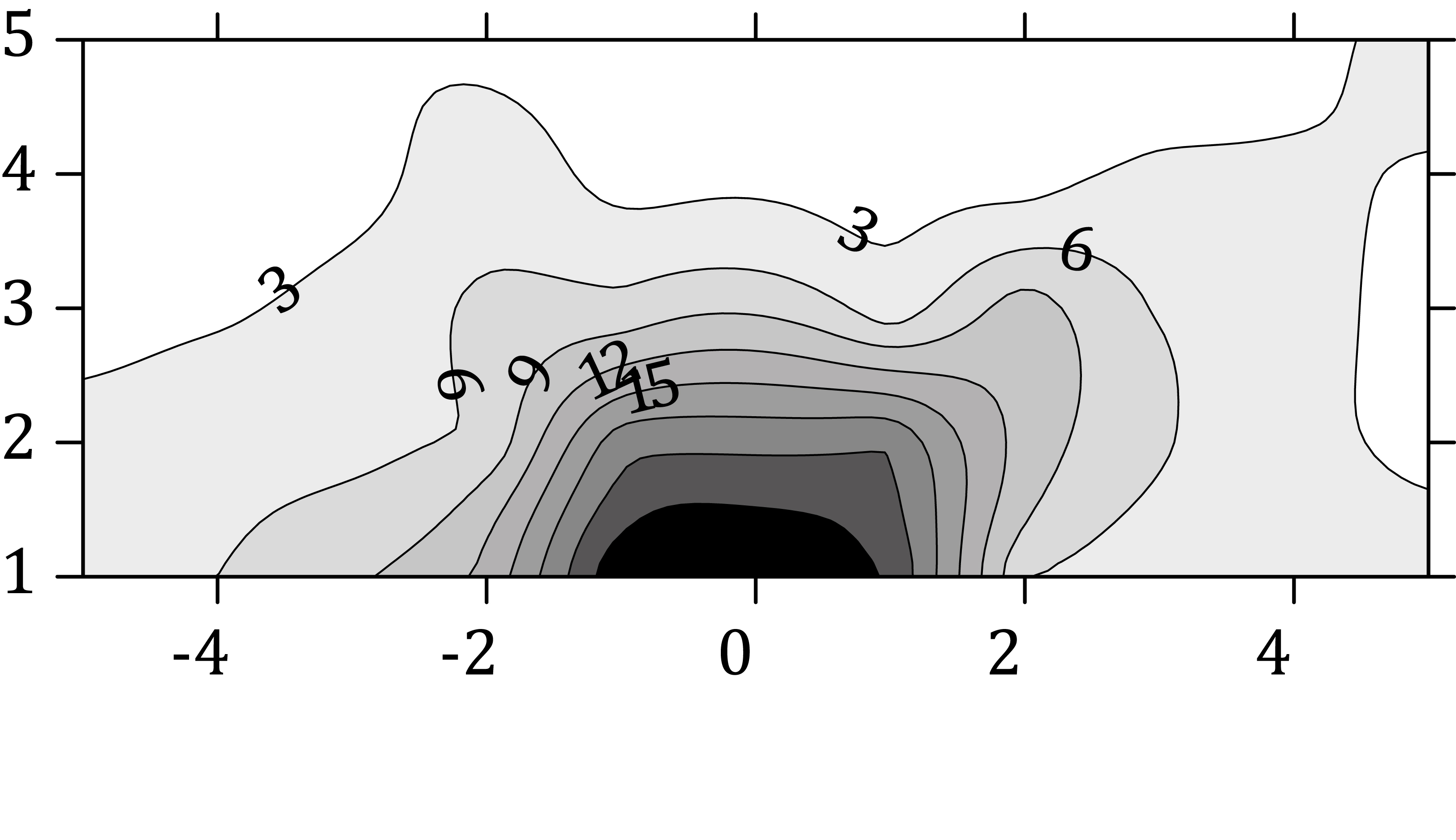Efficiency of air assisted sprayer of phytosanitary use in fruitgrowing in Cuyo (Argentina)
Keywords:
air assisted sprayer, power, air flow rate, efficiencyAbstract
Phytosanitary protection of fruit crops is mainly done with axial fan sprayers. Due to lack of up-dated studies, the objective was to assess the performance of the main hydropneumatic spraying units used for phytosanitary treatment of fruit plants in Cuyo (Argentina). Measurements were taken at a standardized rate from the rear PTO (power take off) of the tractor. The air flow generated by the fan was assessed in a wind tunnel and the spatial distribution of air velocity was evaluated with a hot wire anemometer. The determination of vertical spray distribution was done with a lamellate patternator. Power demands were also determined. Air flows ranged between 257.49 m3.min-1 and 485.17 m3 min-1. Spraying units B and C showed asymmetric air distribution. Vertical spray distribution showed symmetry between the left and right sections, except for unit of equipment B in both working modes and E high. Power demand alternated between 11.96 kW and 31.17 kW. The most efficient units were A in its only available working mode D low and high and E low. Hydro pneumatic units have different aerodynamic capacities, both in released air flow and bilateral distribution and they have different power demands.

Downloads
Published
Issue
Section
License
Aquellos autores/as que tengan publicaciones con esta revista, aceptan las Políticas Editoriales.


